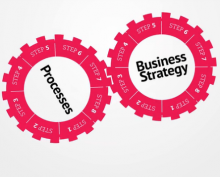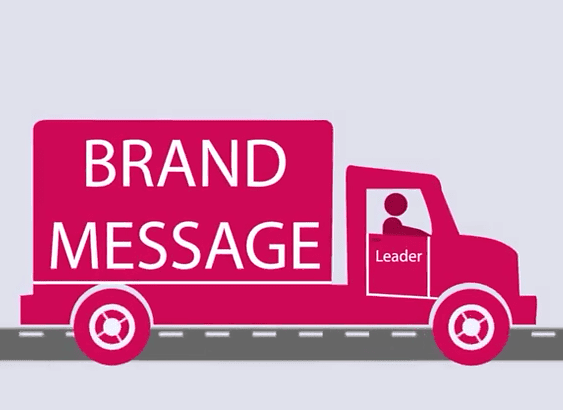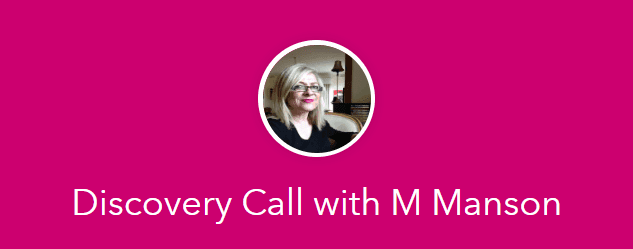 The truth is, traditional training, while it is a source of new skills, is out of sync with the needs of a modern, fast-paced business. Put on L-plates on your organisation because Learning is the new black.
The truth is, traditional training, while it is a source of new skills, is out of sync with the needs of a modern, fast-paced business. Put on L-plates on your organisation because Learning is the new black.
Every business today operates in a borderless Knowledge Economy where knowledge and innovation are two main sources of competitive advantage and profitable growth. As the war for the global customer intensifies, the outcome depends not on ‘bright shiny objects’ of technology but on people. And, in the perfect storm of aging population and their inability to attract Gen-Y, Australian manufacturers, primary producers and SMEs in general, are being left a little dumber and far less competitive.
Many Australian businesses are facing a major barrier to innovation and growth: brain-drain. Over the next ten years a large cohort of skilled, experienced and committed employees will continue to leave the workforce. This talent spill is leaving many businesses a little dumber and highly vulnerable to losing the biggest competitive advantage of the Knowledge Economy, knowledge itself.
By definition, ‘competitive advantage’ is what keeps business afloat and in the black. It’s the reason customers remember you and choose to buy from you. It’s the source of differentiation and therefore, profit. When you differentiate your value proposition – in product, service, supplier relationships, or perceived quality or design – you can stop discounting.
You can reverse the trend and preserve your unique know-how and valuable experience that is not taught at schools and universities and cannot be easily bought and it took you years to build it.
Unlocking the Solution of the Brain-Drain
No doubt, continuous innovation is the best way your business can maintain its competitive advantage. And it’s not about investing millions in R&D or hiring experts to smash your business mould and put you in a new one.
What you need is an improved ability of your engaged, informed workforce to know how to connect the dots differently. It means that you need to start being strategic about how your organisation learns and what it learns. You need to transform the way you use training so that your workforce is engaged and conditioned for continuous learning and improvement. Learning is about agility, the ability to connect the dots: people, ideas and information to solve both operational and experimental problems better.
This new approach to Training is about unlocking the potential of your best, most experienced people, and your winning processes and recycling them to feed growth. By contrast, traditional training, while it is a source of new skills, it’s out of sync with the needs of a modern, fast-paced business.
Here are seven reasons why:
- #1: Loss of Productivity: taking people en mass out of daily routine;
- #2: Limited range: due to costs and people’s availability you cannot put everyone in the classroom;
- #3: Cost: the cost of a workshop seat combined with the cost of lost productivity;
- #4: Effectiveness: remember, people only retain 5% of what they hear; and, Gen-Y in particular does not want to listen;
- #5: Relevance. Is this training linked to specific business objectives or problems?
- #6: Repeatability: Every time training needs to be repeated, the costs are multiplied; how else can you give people a chance to hear the expert again?
- #7: Knowledge Sharing: once they leave the room, what chance do they have to discuss the topic and build on it?
Collaborate, Co-Create, Communicate
It only takes four steps to get more strategic results out of your people and addresses all of the above seven problems.
 Identify your most valuable business processes that support your business strategy so that you can build on what’s important.
Identify your most valuable business processes that support your business strategy so that you can build on what’s important.- Engage your most valuable people who have this knowledge (older, experienced, successful employees) and capture their winning processes into proprietary training packages (in formats that appeal to the new generation – interactive, media rich, social) and make them available to all employees, as often as needed, for free!
- Connect your employees (online and offline) in purposeful networks: collaborative, focused discussion groups that drive continuous improvement into your business and sharpen your competitive advantage.
- Communicate! Look to your business and customers to find reasons for people to get involved. This is possibly the hardest task but one that will bring the greatest rewards for business.
This approach may require simple technology to allow you to disseminate information and connect employees conveniently online. Hey, they are already on line. They already communicate, collaborate and co-create content on Social Media. You can use it to your advantage.
And the best news is that this is one case when doing it in-house – without big disruptions to the operations, without the down-time or big budget – will produce the best results for your business!
This DIY approach is more effective and provides better ROI than any other alternative available to today’s time-poor, cost conscious businesses to maintain their competitive advantage and grow business successfully.
Of course, if you want results fast and don’t have the ‘bandwidth’ with your existing time and people resource constraints, InnoFuture offers a System for implementing these steps, complete with a simple technology and content creation support.
Margaret Manson | Chief Inspirator | InnoFuture
 InnoFuture helps organisations TRANSFORM the way they use TRAINING so that their WORKFORCE is engaged and CONDITIONED for Continuous Learning, Improvement and Innovation. The power of InnoFuture approach, in contrast to other workforce development options, is its ability to bring your Vision and your Competitive Advantage to life through strategic training, coaching and building focused employee networks. If you want to improve your organisation’s performance through innovative culture, we can help. Contact: Margaret Manson or 0407 661 130
InnoFuture helps organisations TRANSFORM the way they use TRAINING so that their WORKFORCE is engaged and CONDITIONED for Continuous Learning, Improvement and Innovation. The power of InnoFuture approach, in contrast to other workforce development options, is its ability to bring your Vision and your Competitive Advantage to life through strategic training, coaching and building focused employee networks. If you want to improve your organisation’s performance through innovative culture, we can help. Contact: Margaret Manson or 0407 661 130


